In the summer of
2017, we began The Ancient Sunrise® Blog and The Becoming Moonlight®
Blog. The idea started out with a simple question: How could
we educate more people about the science and art of henna?
Catherine Cartwright Jones’ work was freely available online, we
had active Facebook groups and pages, and Mehandi customer service
could be reached via phone, email, chat, and social media platforms.
Yet there was still more we could do to provide clear, accurate
information to more people across the world.
The internet was
already flooded with various videos, articles, and “recipes” for
henna. Most of them provided inaccurate, strange, or downright bad
information. Myths about henna were also perpetuated through word of
mouth via salon stylists and cosmetology schools whose texts had
outdated information about (compound)
henna. Every day, customer service answered the same questions,
dispelled the same myths, and reassured customers over and over that
henna was a safe and easy process. People believed that henna made
one’s hair fall out. Many were told that once they use henna, they
can never dye or perm their hair again.
Others were ready
to jump into using henna, but have been given incorrect information
about how to mix and apply the paste. What should they add to the
henna? Boiling water? Coffee? Yogurt? How do they get brunette
results instead of red? What is indigo? How do you use it?
At the time, I had
been working for Mehandi as a customer service representative and at
the brick and mortar store, Empire, in downtown Kent. I was preparing
to leave Kent, Ohio for Montreal, Quebec where my partner was
pursuing his doctorate degree. I realized that one thing Mehandi did
not yet have was a blog presence. Blogs and vlogs were growing again
in popularity, especially for niche interests such as hair care and
natural beauty. I mentioned the idea of trying to connect with
bloggers.
Catherine thought
about it and then one day asked me, “Why don’t you write a
blog?” It made sense; I loved working for the company and my
background was in writing and in academic research. This way, I could
continue doing what I loved even while living abroad. Although
blogging was something I had never done before, I was excited to try
it. We decided to create one site for each brand: The Ancient
Sunrise® Blog for all things related to henna for hair, and The
Becoming Moonlight® Blog for body art.
That summer, we
brainstormed topics and collected materials. We discussed our vision
for the blogs. We agreed that we wanted the writing to be thorough
and well-researched, yet accessible to the everyday reader. With so
much misinformation surrounding henna, a crucial goal for the blogs
was to provide the truth and dispel myths. Many blogs on henna for
hair already existed but spouted inaccurate claims and bad
mixing/application processes. We wanted this to be different. We
wanted to set it straight. The articles would be based on research
and science. They would be easy to read, but not “fluff.” There
was already too much fluff.
Catherine and I
joked about “fixing the internet.” With the thousands of articles
and videos about henna already in existence, how could we make a
difference and set the truth straight? I felt like an ant faced with
the task of dismantling a sandcastle one grain at a time. Catherine
took a couple of thumb drives and filled them with the hundreds of
academic articles she had collected during her time in graduate
school. It was a virtual library. Armed with the thumb drives and
Google Scholar, I was ready.
Funny how the
internet works. Search engines have complex algorithms that decide
which pages are listed first. In a snowball effect, sites with more
readership gain more readership. Good articles are shared across
platforms like Facebook, and this gains the article more readership,
which bumps the site up in searches. Someone better-versed in
technology could explain it better than I. All I know is what began
as a slow trickle of page views grew over the months and years, then
rapidly spiked to an average of 750 page views per day. Oftentimes as
I researched and wrote new articles, I’d run a quick search on
Google to find a piece of information I needed and I’d be stunned
to find links to my own articles in the search results.
I wanted to be a
writer from the time I could read. I couldn’t believe that, through
such an unexpected turn of events, I wound up writing about henna
with readers across the world. I had people in Finland and Egypt and
Japan reading my words! Things that I wrote! It was
both thrilling and rather terrifying. I once posted on my own social
media that the Ancient Sunrise® blog was now read on every continent
except Antarctica. A friend who saw my post just happened to know
someone working on research in Antarctica at the time. He sent that
friend a link, that friend opened it, and it became official: The
blog had been accessed on every continent.
Since the launch in
August 2017, there are now nearly sixty articles and/or videos in the
two blogs combined. Out of the two, the Ancient Sunrise Blog contains
the larger body of work and has the higher readership. The Becoming
Moonlight® Blog was always more creative and experimental in nature,
but still had a very special place in my heart.
In the Ancient
Sunrise® Blog, the Henna
for Hair 101 series helps those who are new to the process of
coloring their hair with henna and other plant dye powders. This
series contains some of the most frequently-read articles such as
“How
to Dye-Release Henna” and “Don’t
Put Food On Your Head.”
Other
articles were written with the more experienced “henna-head” in
mind. Full-Coverage articles are focused on troubleshooting specific
issues such as resistant
gray roots and discusses advanced techniques to ensure the best
results. Highlights articles feature specific products and discuss
topics related to henna for hair. One of the most popular Highlights
articles is “Should
You Be Using Lemon Juice In Your Henna Mix?” It clarifies many
misconceptions about whether or not lemon juice is the “best”
acidic liquid for mixing henna.
Some of my favorite
articles to write were those which explored henna, body art, and hair
in historical and cultural contexts. In “Oscar
Wilde’s Hair and Skin: Investigations into His PPD Sensitization
and Use of Henna,” I speculated on the famous writer’s use of
PPD hair dye and henna hair dye based on portraits of Wilde and
historical references. In “Gender,
Race, and Class in Hair Styling Spaces: Constructing Individual and
Group Identities,” I summarized many researchers’
sociological studies of interactions between clients and stylists in
hair salons and barber shops in a variety of socioeconomic settings.
The research showed how the hair styling spaces served a purpose in
forming and performing one’s identity.
Some very important
work was done in educating readers about PPD in articles such as
“What
You Need to Know about Para-Phenylenediamine (PPD)”. The
article remains one of the most read articles of the Ancient Sunrise®
Blog. One important goal of Mehandi has always been to help in the
fight against the PPD sensitization epidemic in our own small way by
offering safer alternatives to conventional hair dyes. I am so glad
that this article and others in the PPD series has reached so many.
The Becoming
Moonlight® Blog was home to body art, poetry, videos, and
explorations into the traditions of natural cosmetics across time and
cultures. It offered tutorials on Becoming Moonlight® Gilding Paste
for “white henna” designs, as well as advice
for body artists who wanted to incorporate gilding paste into
their businesses. It also discussed the uses of henna on skin. One of
my favorite articles to write and research was “Playing
Exotic: Interactions Between Omo Valley People and Western Tourists”
which investigated the ways in which the people of the Omo Valley in
Ethiopia used body paint, piercings, and costuming to negotiate their
identities under the gaze of outsiders.
It has been an
honor to create content that educates and entertains those who love
henna and body art and who want to learn more. My hope is that slowly
but surely, the strength of these blogs will overcome the mountain of
misinformation so that one day accurate knowledge about henna will be
as commonplace as how to fry an egg (it’s only complicated at
first).
Beginning January
2019, I will be handing the blogs over to the Mehandi customer
service staff so I can become a different kind of educator. Whether
it be writing about henna or teaching English, I have always been
drawn to opportunities to connect with others and to expand their
knowledge.
I want to thank all
those who have read and shared my articles. It is your enthusiasm for
henna and science that led the blogs’ success. Thank you also to
the Mehandi family for your support, suggestions, and edits. Thank
you to Catherine Cartwright-Jones and Roy Jones for your belief in
me, for your wisdom, and for your encouragement. This has been an
incredible opportunity. Looking back, I am always blown away by how
much has happened in two years’ time. I am excited to see how the
blogs continue to grow under the care of the brilliant and creative
customer service staff. I know that things can only get bigger and
better.
With all of my
heart: Thank you, I love you, and I wish you all the best.
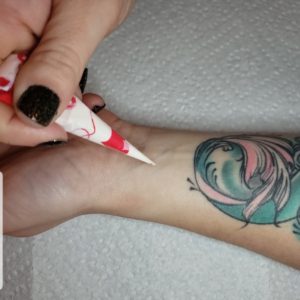
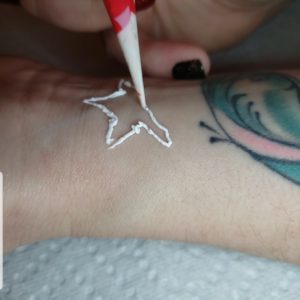
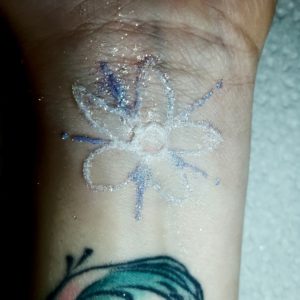
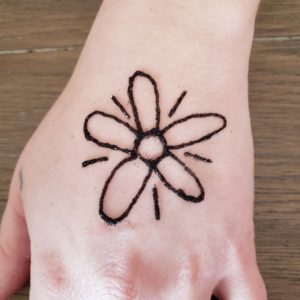
 Patty • Ancient Sunrise® Specialist
Patty • Ancient Sunrise® Specialist 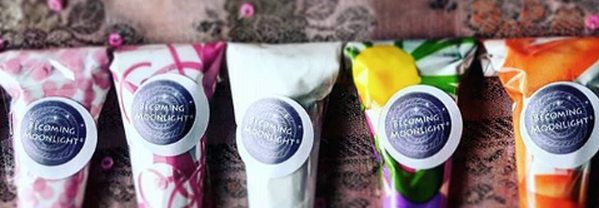
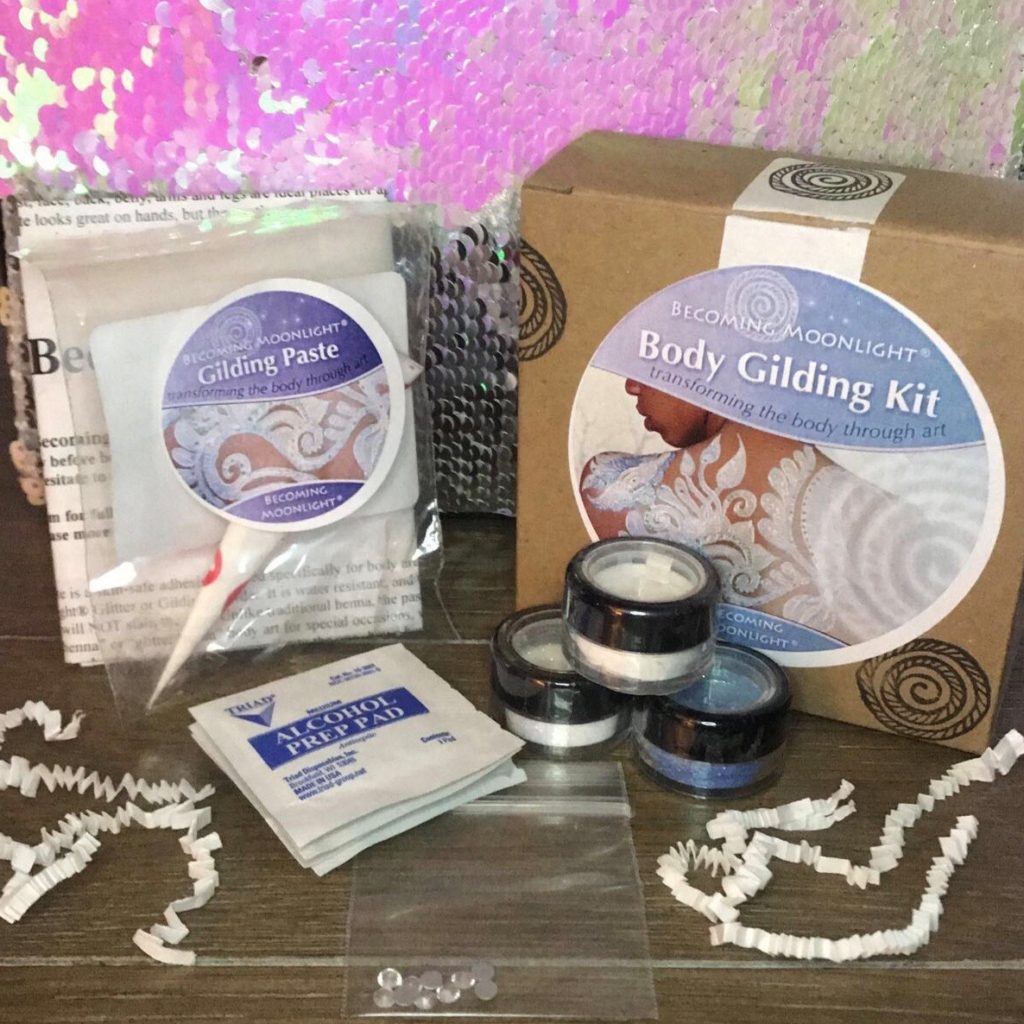
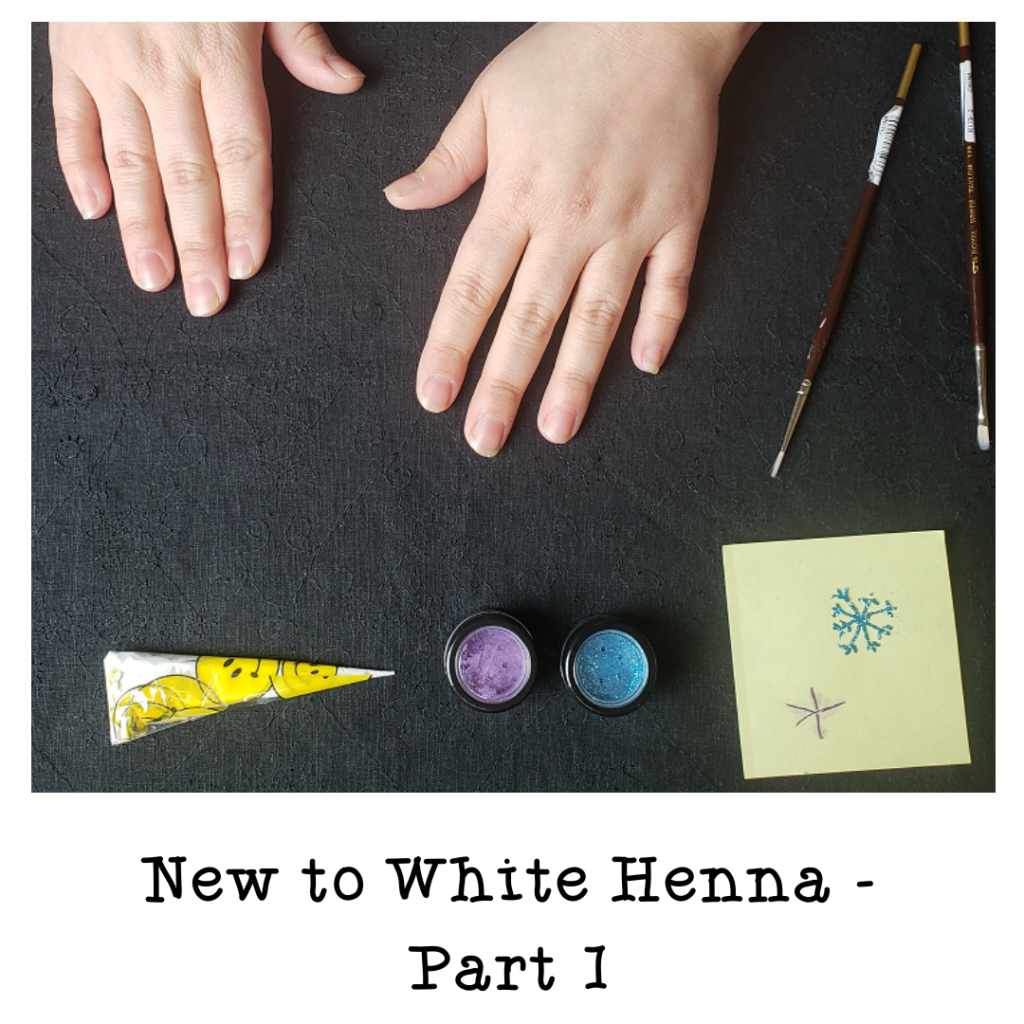

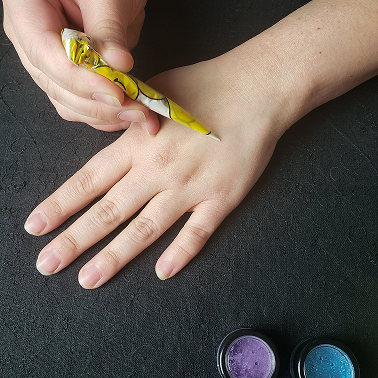
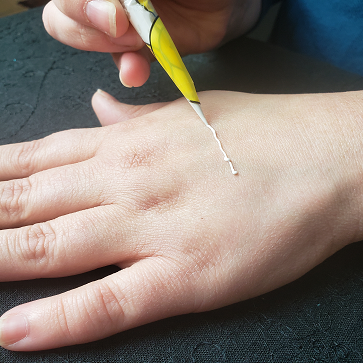
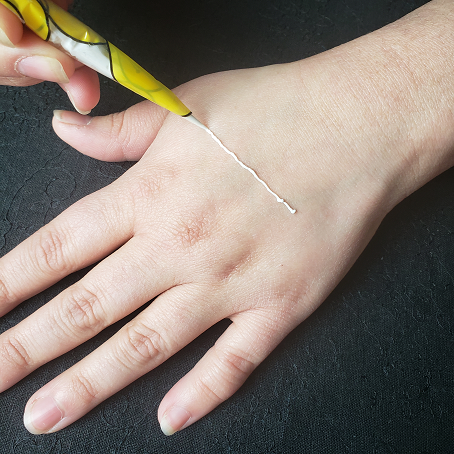
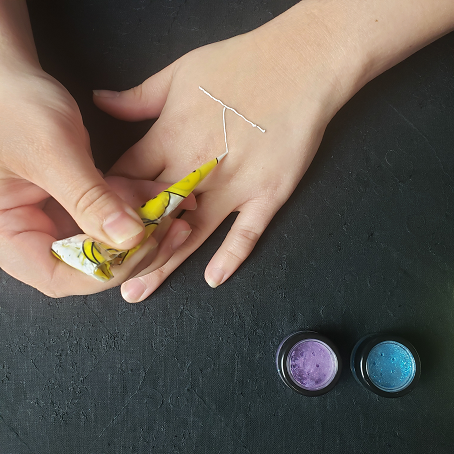
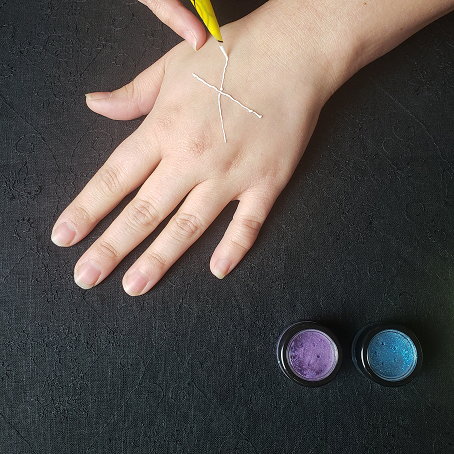
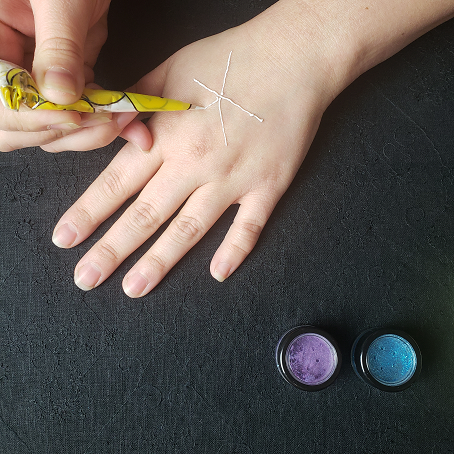
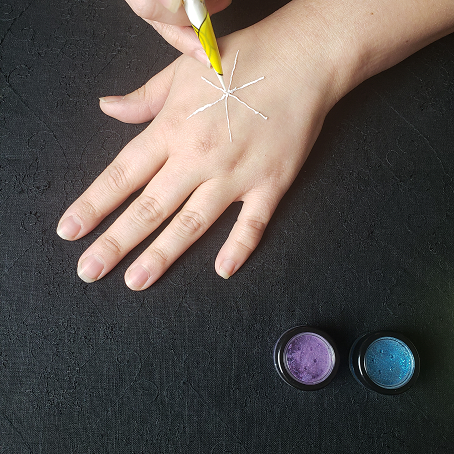
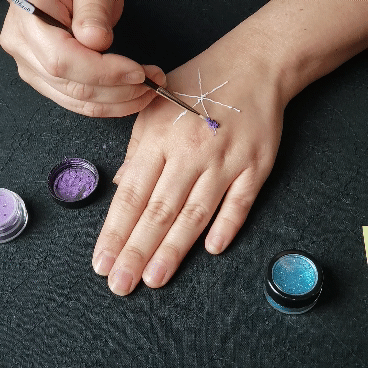

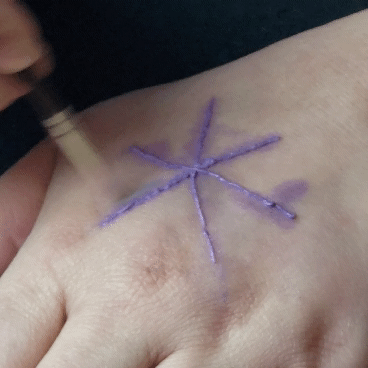
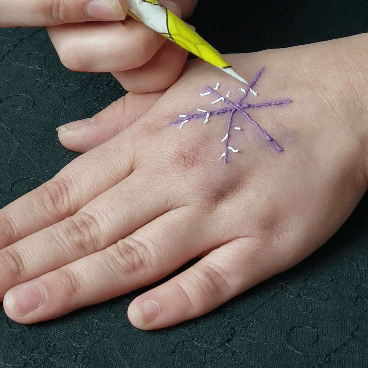
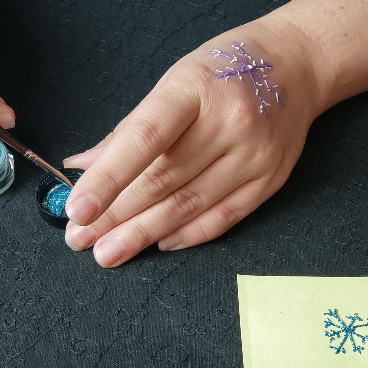
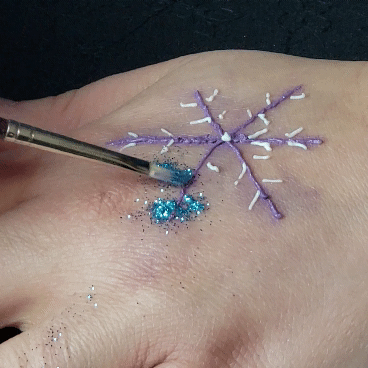
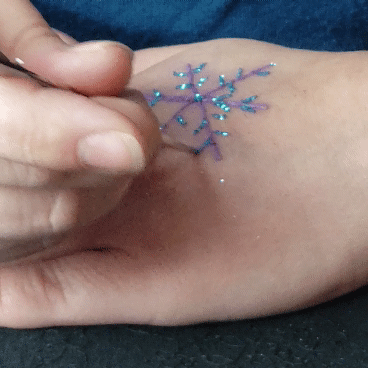
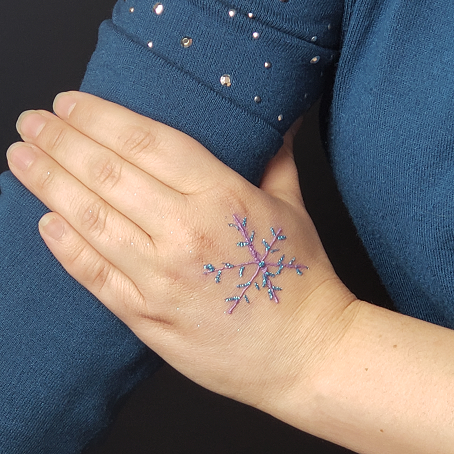
 Liz • Ancient Sunrise® Specialist
Liz • Ancient Sunrise® Specialist